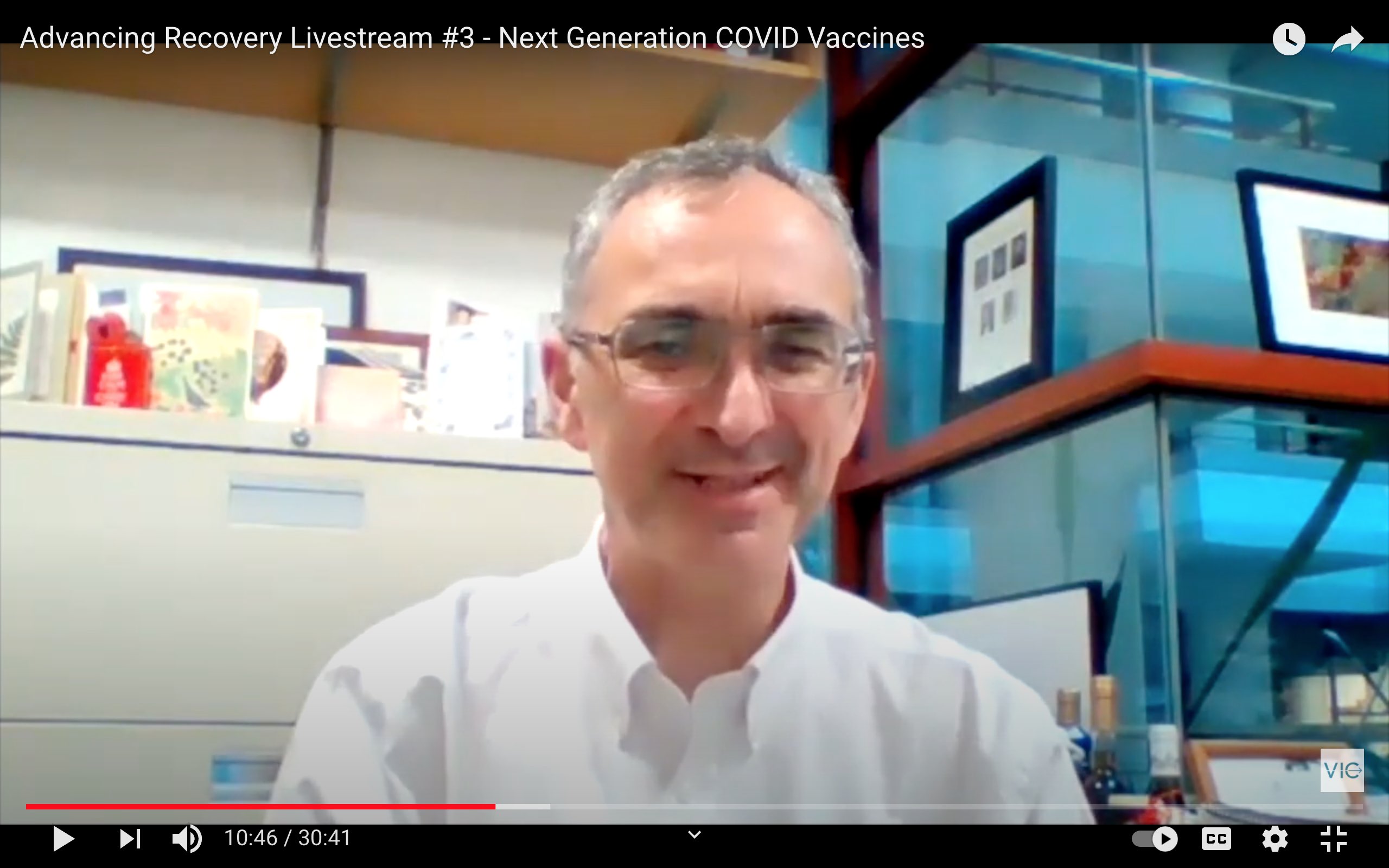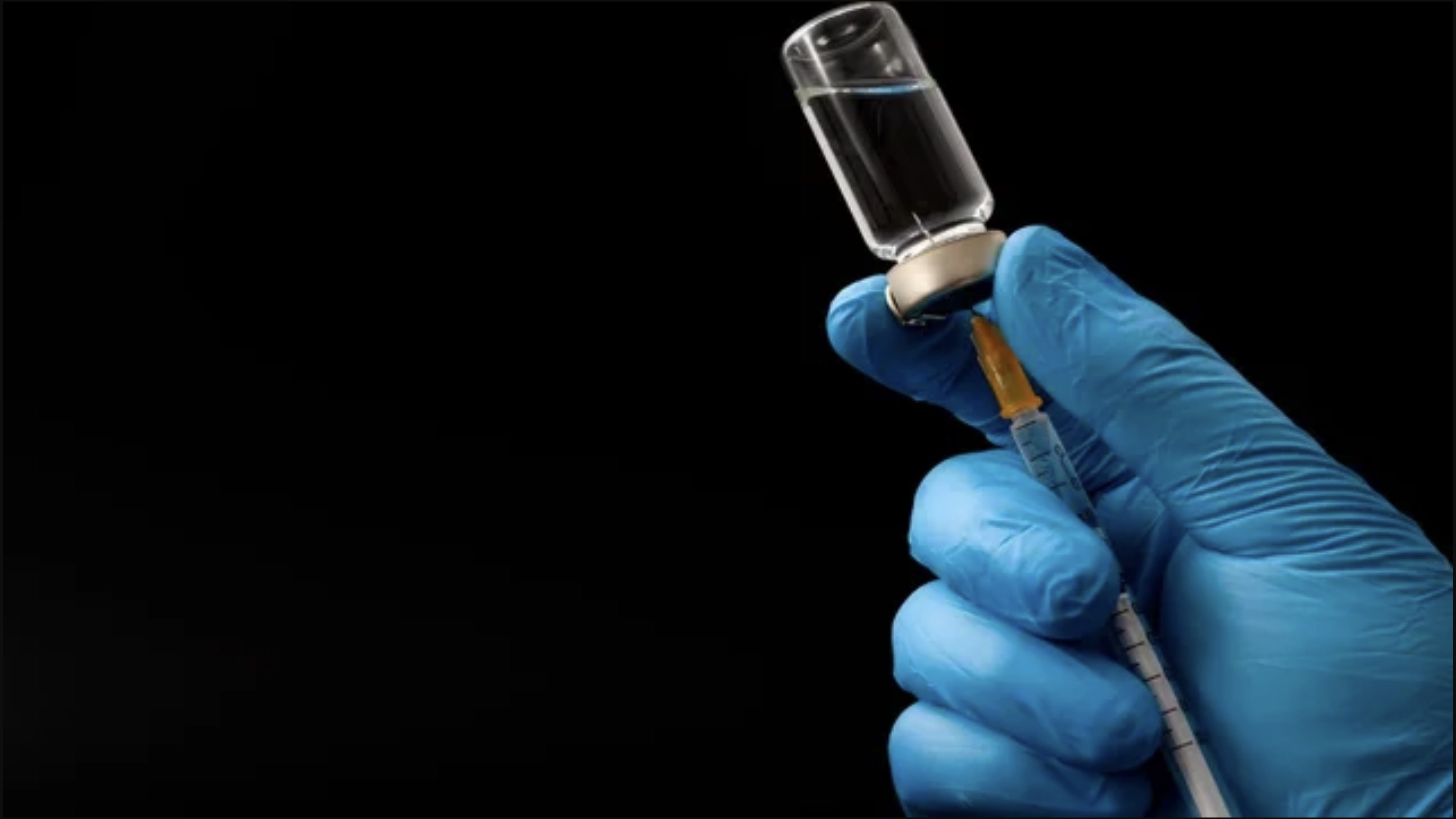Dr. Michael V. Callahan and Dr. Mark C. Poznansky interviewed by Dr. Dara Udo.
Dara Udo, M.D., MPH, is the chief media correspondent for the Vaccine Immunotherapy Center (VIC) at Massachusetts General Hospital and an urgent and immediate care physician at Westchester Medical Group, White Plains (N.Y.) Hospital and Greenwich (Conn.) Hospital.
Michael V. Callahan, MD, MSPH, DTM&H, former Covid-19 special advisor to the assistant secretary for public health preparedness at the Department of Health and Human Services, and was incident commander for nine international highly dangerous pathogen outbreaks. He is the director of Clinical Translation at the Vaccine and Immunotherapy Center at Massachusetts General Hospital.
Mark C. Poznansky, MD, PhD infectious diseases physician and director of the Vaccine and Immunotherapy Center at Massachusetts General Hospital and an associate professor at Harvard Medical School.




